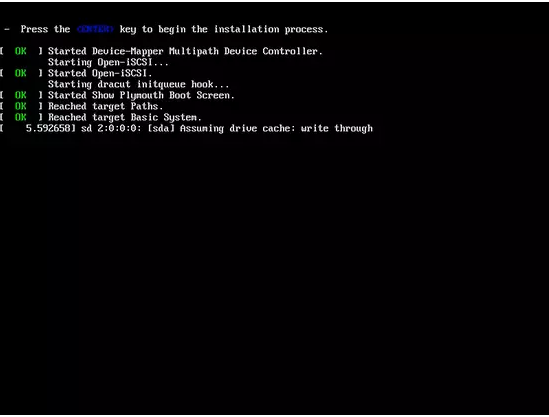

Normally you wouldn't run an entire desktop such as KDE in this way you'd just run one or two programs. ssh -X forwards the local X display's port to the remote computer and usually sets up the remote environment so that if you start a graphical program remotely it will display locally. SSH can be used as an interactive command shell and can also be used to forward ports. SSH is a program used for connecting to another computer with a shell.

For most users installing from the DVD image and then installing the other packages with ”yum install ” instead is probably easier. If you want to install those other packages, you must mount the install media on your installed system after the installation, and copy or install the packages from there. The everything image contains all the packages that are available for CentOS-7, including those that are not directly installable from the installer. For more flexibility in selecting which packages you want to have installed, please use the DVD image. You can also install CentOS to your hard disk from the live media images, but please note that what gets installed on your hard disk is exactly the same as you see when using the live media. The third livecd image uses Gnome, and as the livecd name implies, it is small enough to fit on a CD. These allow you to test out CentOS by booting from the DVD or USB stick. Live media images are also available, both for Gnome and KDE desktop environments. It allows selecting which components you want to install. If you are unsure which image to use, pick the DVD image. All of these images can either be burned on a DVD or dd’ed to an USB memory stick. Which image you need to download depends on your installation environment. Various installation images are available for installing CentOS. CentOS sure keeps this information well hidden.


 0 kommentar(er)
0 kommentar(er)
